Owning a dog is one of life’s greatest joys, but it also comes with a lot of responsibility. From everyday hazards around the house to outdoor dangers, our furry friends face risks that aren’t always obvious. Knowing these risks can mean the difference between a close call and a trip to the vet—or worse.
1. Water Safety Isn’t Just for People
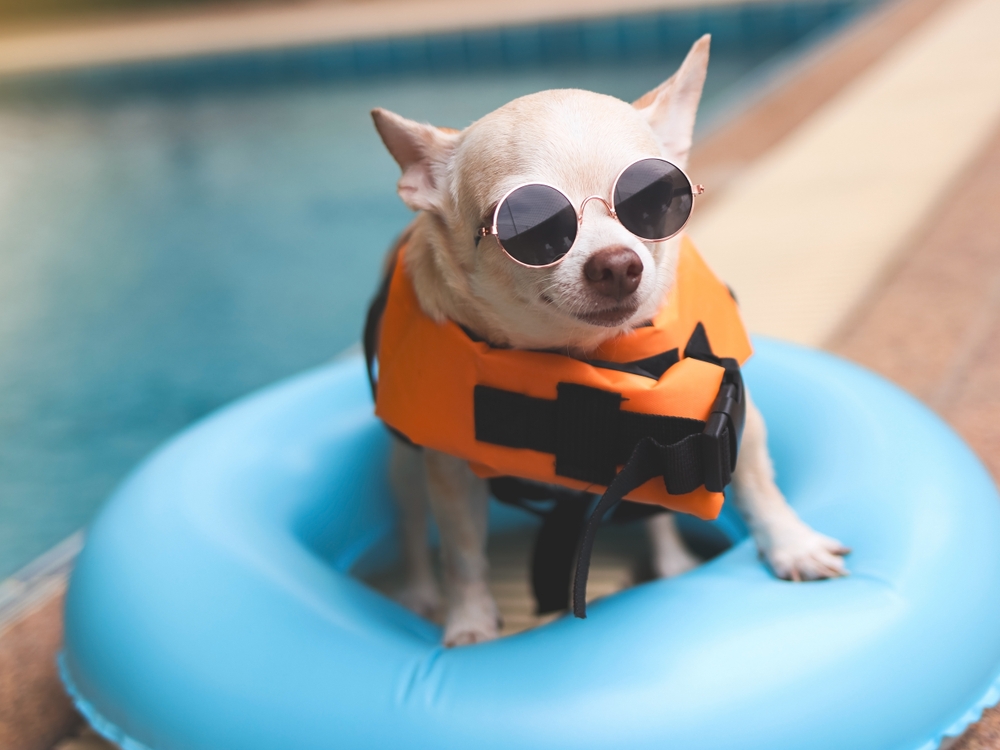
Not all dogs are natural swimmers, and even the best doggy paddlers can get into trouble in the water. Strong currents, exhaustion, or unseen hazards like sharp rocks can turn a fun swim into a dangerous situation. Pools are another risk—dogs can fall in and struggle to get out if there’s no shallow exit. Always supervise your dog near water, use a canine life jacket when boating, and teach them where safe exits are around pools.
2. Toxic Foods That Can Be Deadly
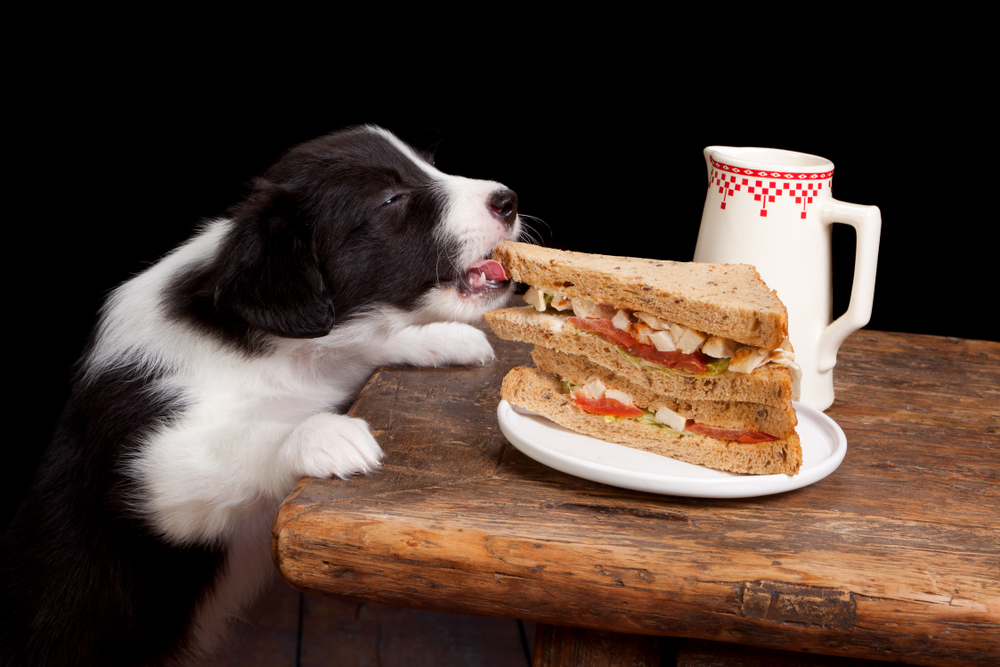
Dogs might beg for a bite of whatever you eat, but some human foods can be incredibly dangerous. Chocolate, onions, grapes, and even small amounts of xylitol (found in sugar-free gum) can cause serious health issues, including liver failure or death. The problem is that many of these foods smell appealing to dogs, making accidental ingestion more likely. Always keep harmful foods out of reach, and educate family members about what’s off-limits for your pup.
3. Household Poisons Hiding in Plain Sight
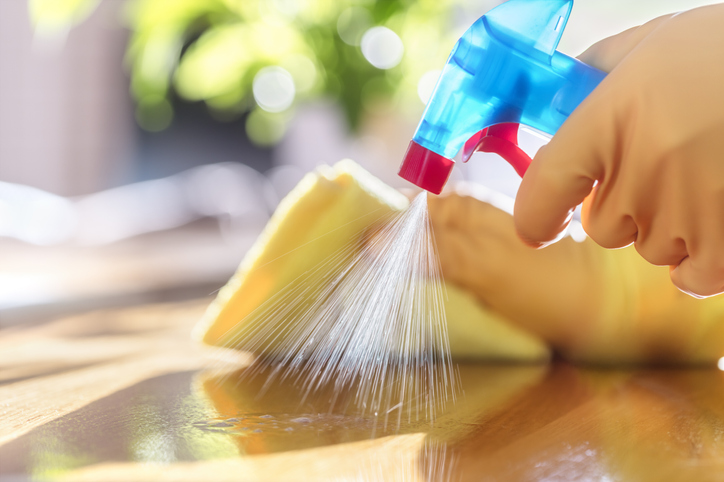
Your home might be full of everyday items toxic to dogs without you even realizing it. Cleaning products, antifreeze, certain houseplants, and medications can be deadly if ingested. Even seemingly harmless items like laundry detergent pods or essential oils can cause severe reactions in curious pets. Ensure these substances are stored securely and out of your dog’s reach to avoid tragic accidents.
4. Choking Hazards Lurking Around the House
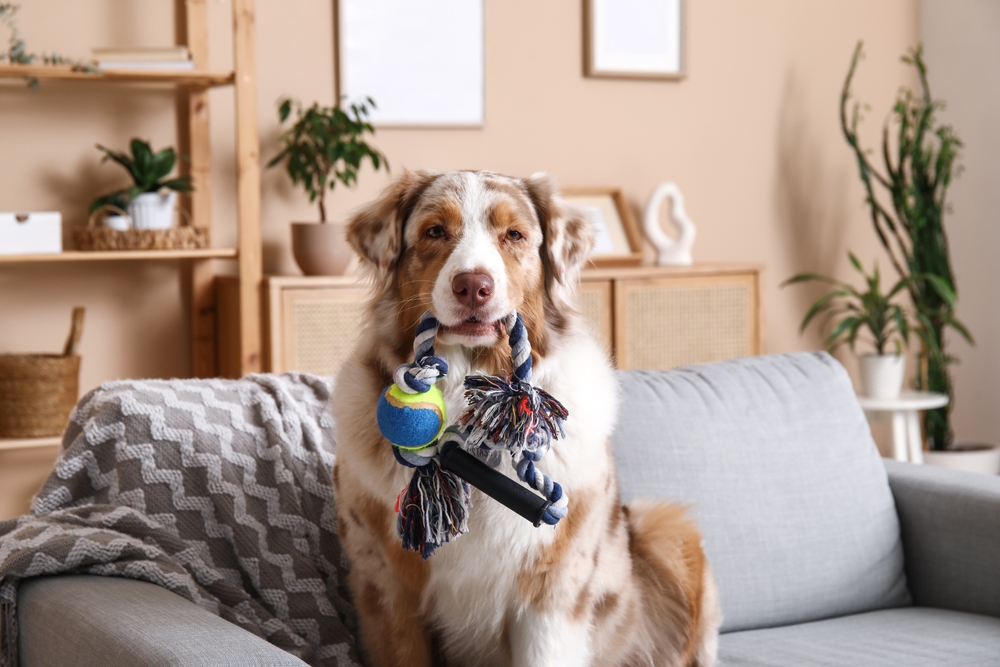
Dogs explore the world with their mouths, meaning they’ll chew on almost anything. Small toys, bones that splinter, or even bits of string can become choking hazards or cause intestinal blockages. Puppies are especially prone to swallowing things they shouldn’t, but even older dogs aren’t immune. Always supervise playtime and choose size-appropriate toys that can’t be easily swallowed.
5. Hot Weather and Heatstroke Dangers
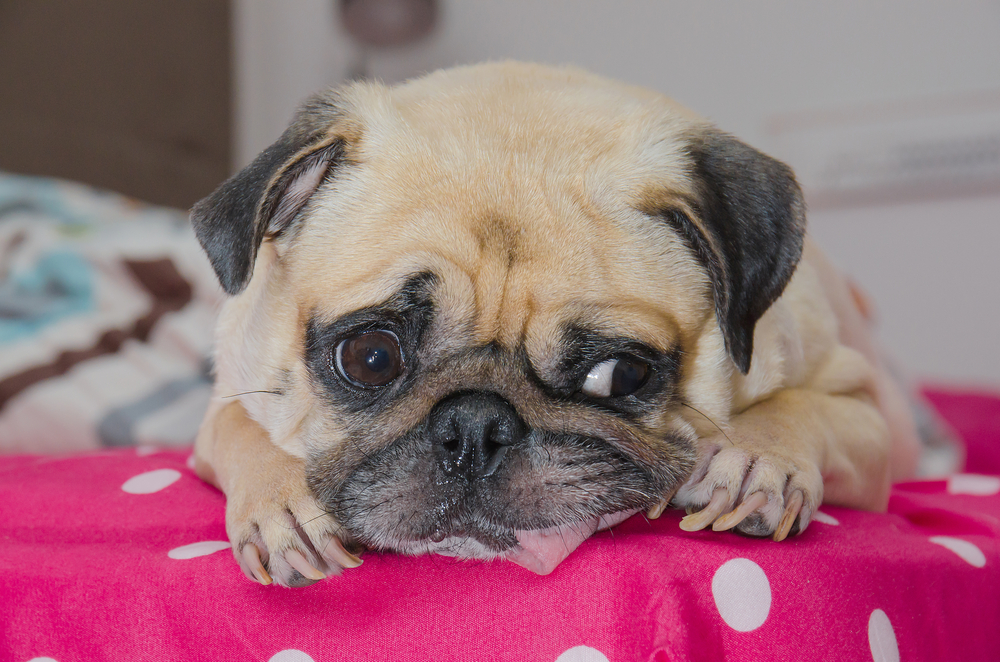
Dogs can overheat much faster than humans, especially in hot or humid weather. Leaving them in a parked car, even for a few minutes, can turn deadly as temperatures rise alarmingly fast. Dogs with short noses, like bulldogs and pugs, are particularly prone to heatstroke. Ensure your pup has access to shade, water, and a cool place to rest during warm weather, and avoid walks during the hottest parts of the day.
6. Cold Weather Risks You Might Overlook
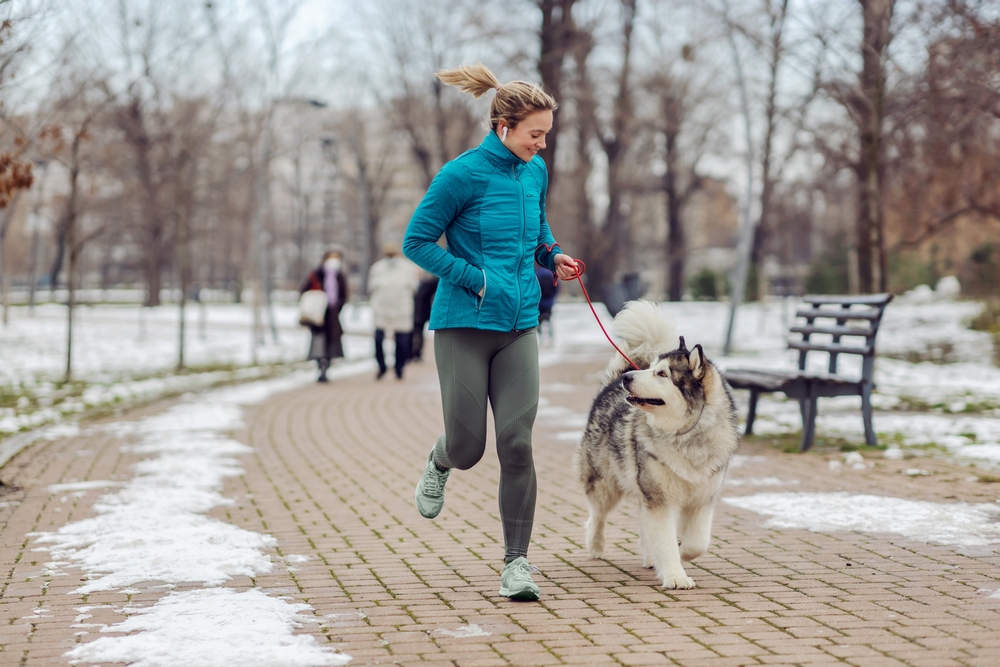
While some dogs love the snow, others aren’t built for cold weather and can suffer from frostbite or hypothermia. Ice-melting chemicals on sidewalks can also irritate their paws or be toxic if licked off. Sweaters, booties, and wiping their paws after a walk can go a long way in keeping your dog safe during the winter months. Always monitor how your dog reacts to the cold and adjust their outdoor time accordingly.
7. Car Rides Without Proper Restraints
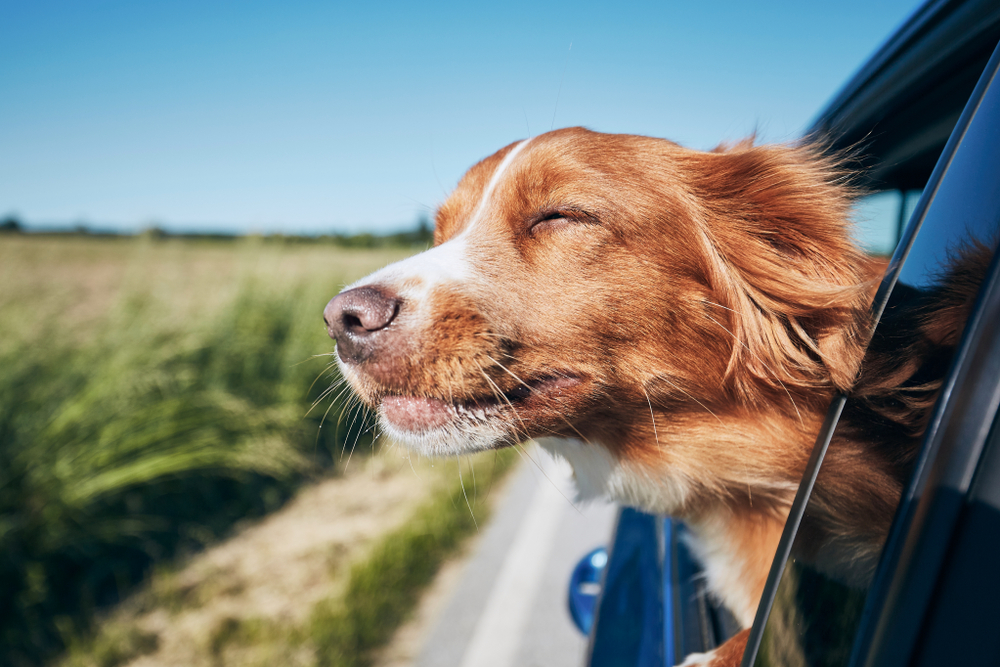
Dogs love sticking their heads out of car windows, but unrestrained pets in vehicles pose serious risks. Sudden stops or accidents can turn your dog into a projectile, leading to severe injuries. Dogs can also fall out of open windows or jump out if something catches their attention. Use a seatbelt harness, dog crate, or pet barrier to keep your furry friend safe during car rides.
8. Off-Leash Adventures Gone Wrong
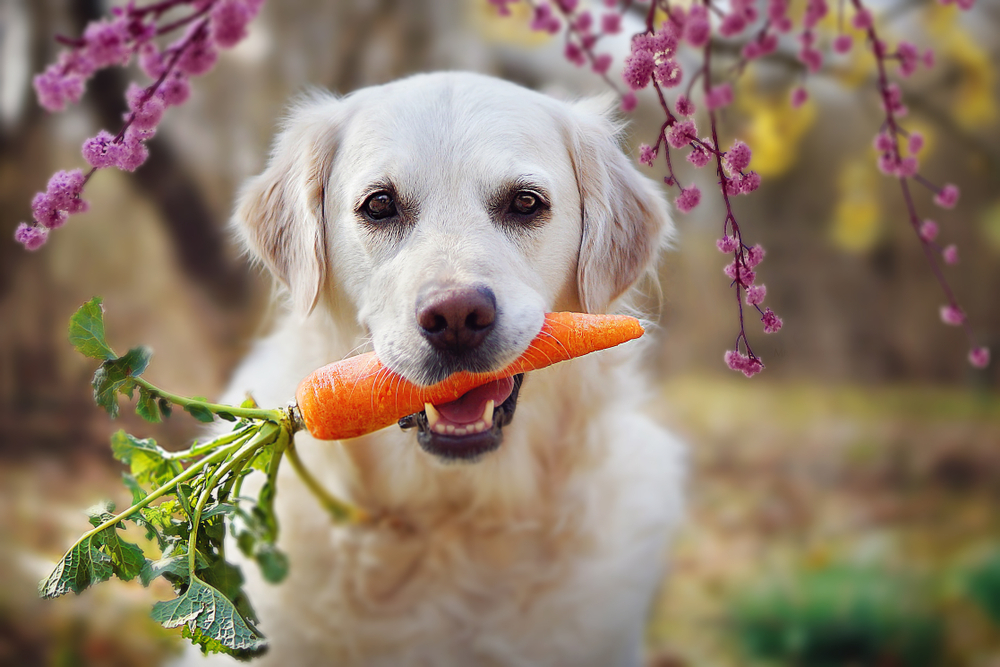
Letting your dog off-leash can seem like a great way to give them freedom, but it can lead to dangerous situations. Dogs can dart into traffic, encounter aggressive wildlife, or get lost if distracted. Even well-trained dogs can act unpredictably in unfamiliar environments. Keep your dog leashed unless you’re in a designated off-leash area and confident in their recall skills.
9. Parasites That Can Cause Major Health Issues

Fleas, ticks, and worms aren’t just gross—they can lead to serious health problems for your dog. Lyme disease from ticks, heartworm transmitted by mosquitoes, and flea infestations can all cause discomfort and illness. Regular preventative medications and vet checkups are essential for keeping parasites at bay. Always inspect your dog after spending time outdoors, especially in wooded or grassy areas.
10. The Dangers of Neglecting Regular Grooming
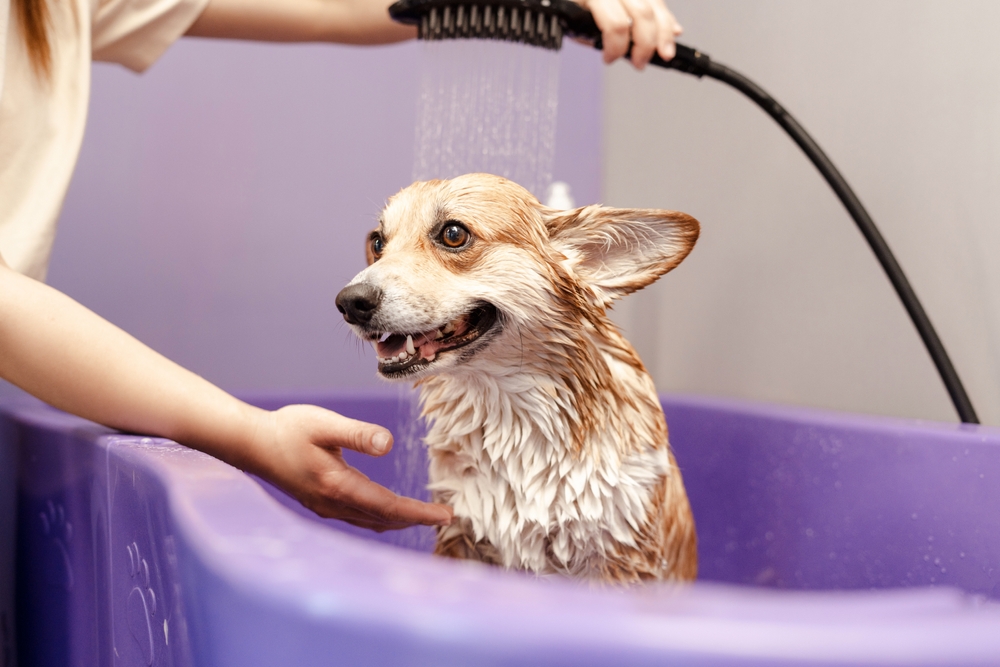
Grooming isn’t just about keeping your dog looking cute—it’s a critical part of their health and safety. Overgrown nails can cause pain or injuries, matted fur can hide infections or parasites, and unclean ears can lead to painful ear infections. Dogs with double coats can also suffer if their fur isn’t properly maintained, as mats can trap heat or moisture. Regular grooming sessions keep your dog healthy and help you spot potential health issues early.
11. Door Dangers You May Not Consider
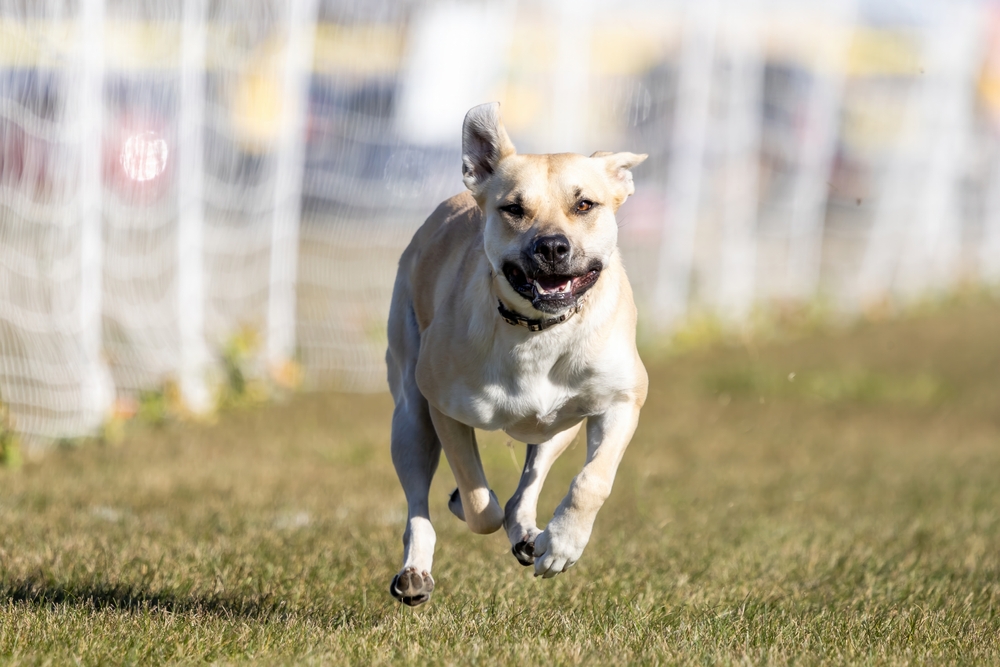
An open door can invite disaster, especially for curious or energetic dogs. Your dog could dart out into traffic or encounter dangerous wildlife, whether it’s the front door, garage, or sliding patio door. Some dogs even injure themselves, trying to force their way through glass doors or screens. Teaching your dog to “wait” before exiting and securing doors can prevent these situations.
12. Yard Hazards You’d Never Suspect
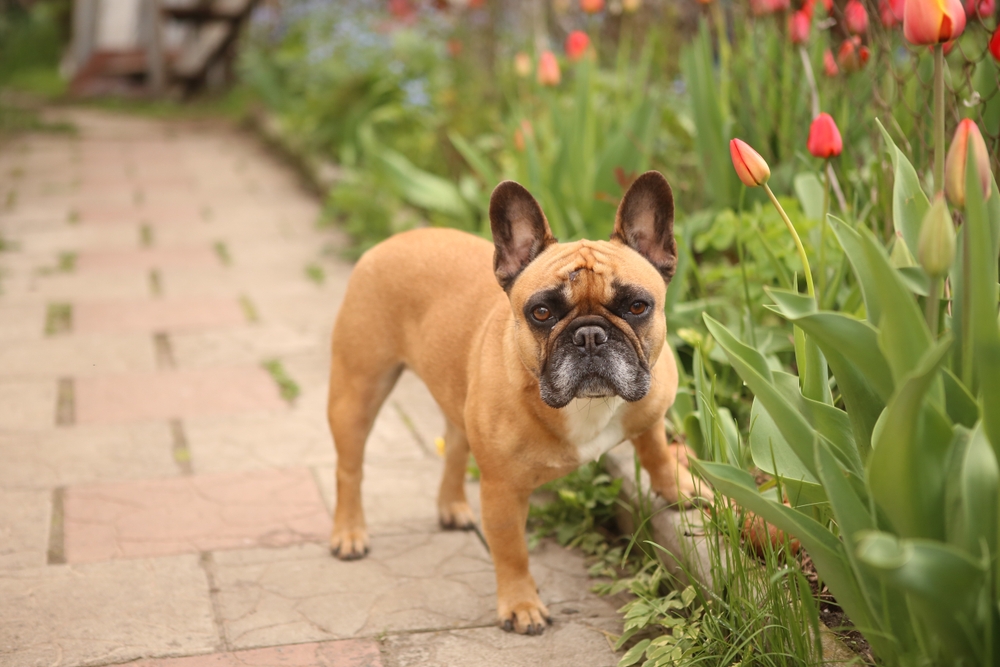
Even a fenced-in yard can harbor surprising dangers. Certain plants, like oleander or sago palms, are toxic if ingested, while sharp garden tools or leftover pesticides can pose serious risks. Snakes or other wildlife might also wander in, putting your dog at risk of bites or attacks. Regularly inspect your yard and remove or secure anything that could be a threat.
13. Collars That Can Be Deadly
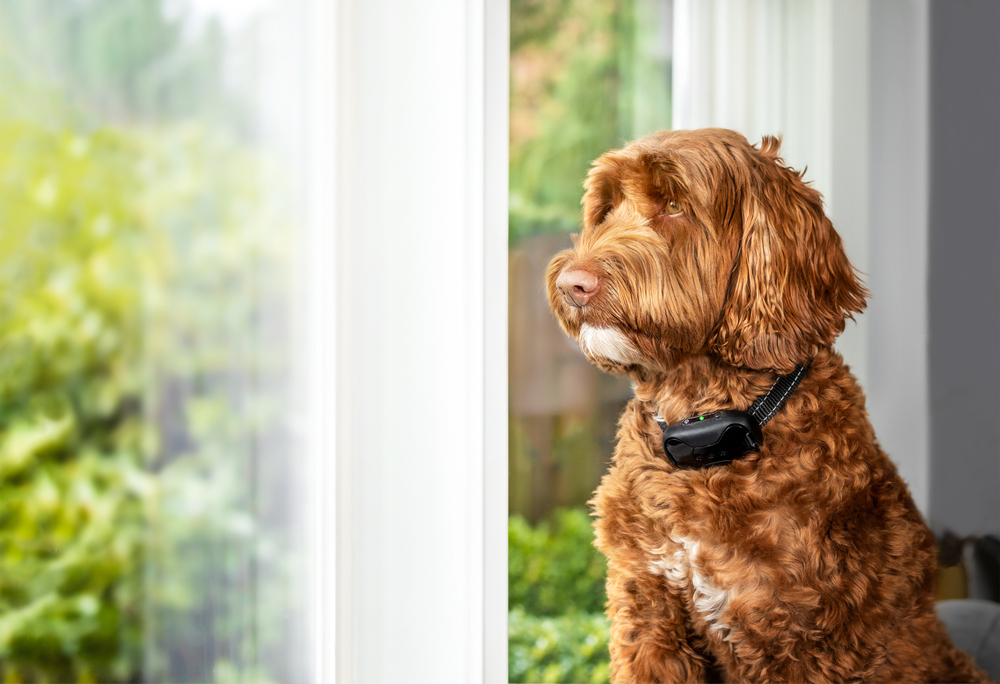
Your dog’s collar might seem harmless, but certain situations can turn it into a hidden danger. Dogs can accidentally get their collars caught on fences, furniture, or even while playing with other dogs, leading to choking or injuries. Breakaway collars or harnesses are safer alternatives for situations where getting caught is a possibility.

